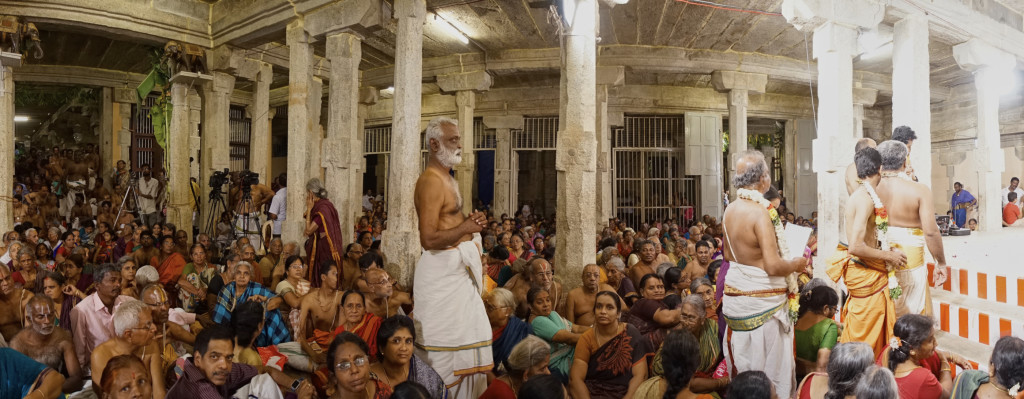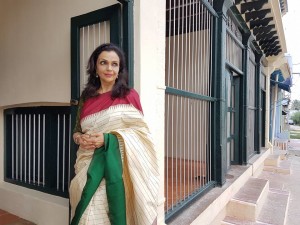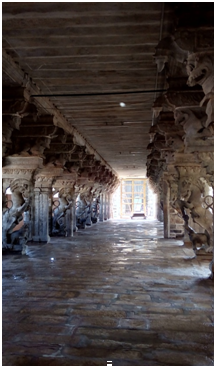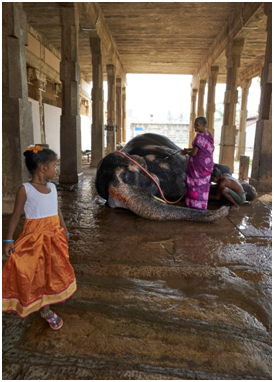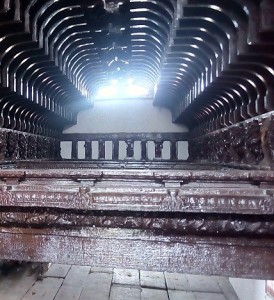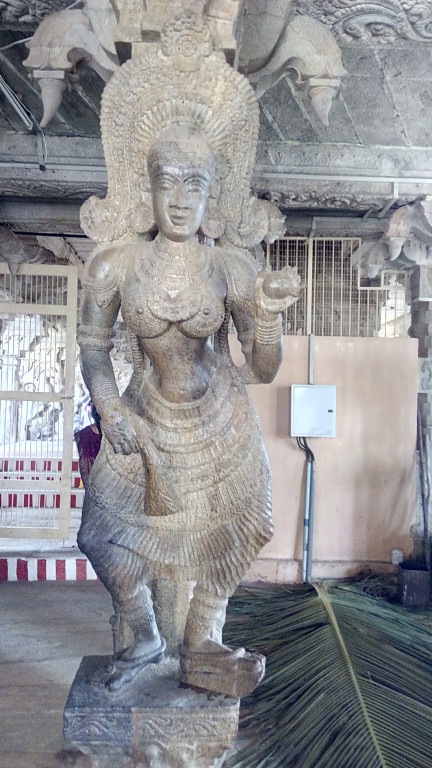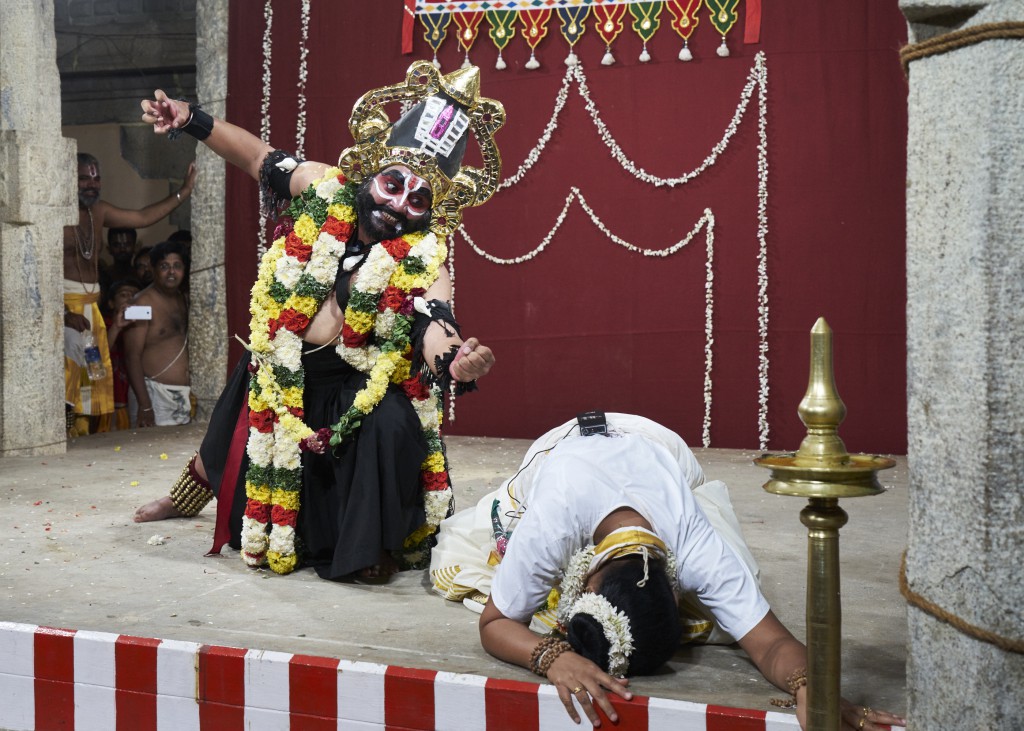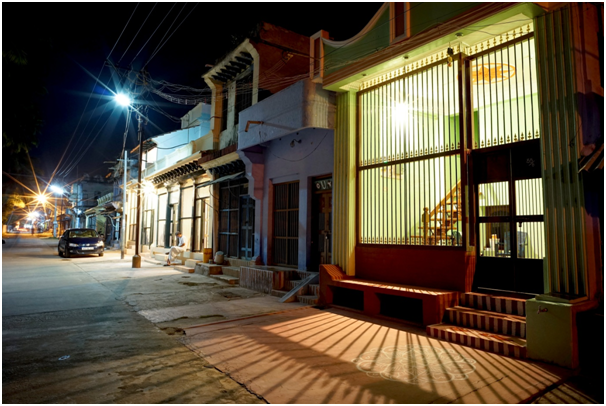TIRUKURUNGUDI
The place where the Kaisiki natakam began….- Hema Iyer Ramani
“Pacchai mamalai pol meni
Pavala vai kamala chenkan…”
Tamizh Paasuram, Divya Prabandham - Thondaradipodi Aazhwar, 8th Century AD.
(The One whose form is like the green-hued mountain…
Whose lips are like red corals and eyes like a lotus…)
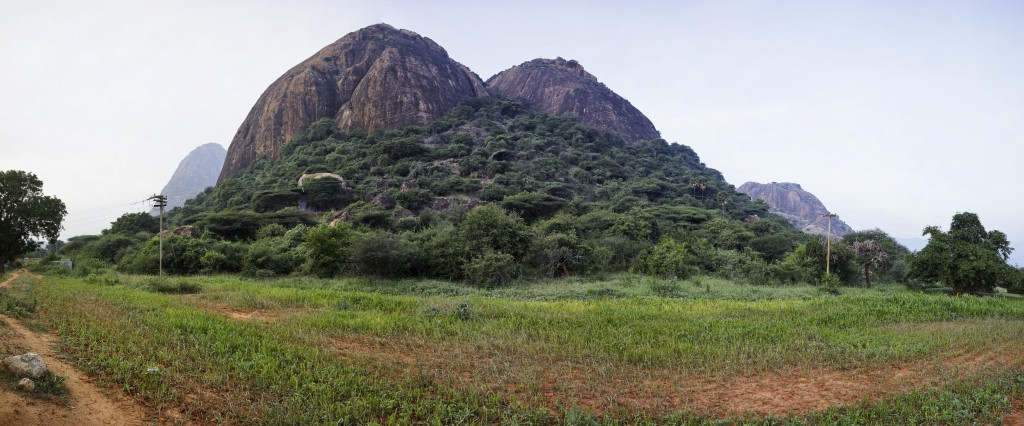 As we alight at Thoothukodi (Tuticorin) airport, we are immediately transported into a different era. It is a quaint little airport, and the ones who have checked in their baggage have to wait for a good twenty minutes because the airport employee is wheeling each baggage individually!
As we alight at Thoothukodi (Tuticorin) airport, we are immediately transported into a different era. It is a quaint little airport, and the ones who have checked in their baggage have to wait for a good twenty minutes because the airport employee is wheeling each baggage individually!
As we get into the car that has been waiting to take us to the little village called Tirukurungudi, I am amazed at the number of Neem trees that I see from the airport and all along the road. Green landscapes with the pacchai mamalai and the clean air soothe the senses and we reach the quiet village town of Thirukkurungudi that is nestled at the foothills of the Western Ghats. We reach our well-equipped guest house located in the midst of a beautiful farm with orchards, plantains and coconut groves on one side, flanked by the green hills and pacchai malai on the other side. We are awoken by the call of the peacocks, and it is a wondrous sight to see so many birds all at once. There are no other sounds to break the birdsong and it seemed a sacrilege to break the sacred silence. It is also near Thirukkurungudi that you see the famous Mahendragiri hills, where Hanuman is said to have stood atop the hill to take the leap to Lanka.
In the village, the 1300-1500- year-old Nambirayar temple is located in the centre of the town flanked by four Madha veedis (agraharam streets) and at the outer side by ratha-veedhis (car streets) to draw the temple chariot-cars. These are broad, and the chariots are maintained well too.
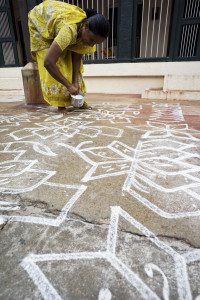 Madha veedis are typical village row houses and in front of each of them a beautifully patterned kolam with rice flour adorns the vaasal (entrance) which are unmistakably inviting and welcoming. They are an array of designs in varying shapes and sizes, each distinctly different from the other. This speaks of the creative streak inherent in the seemingly simple life of the village-folk. When the temple elephant is brought around for a procession carrying the deity, women rush in to wash the streets and adorn it with fresh kolams all over again. An offering is made to the deity and the elephant which stops at every doorway!
Madha veedis are typical village row houses and in front of each of them a beautifully patterned kolam with rice flour adorns the vaasal (entrance) which are unmistakably inviting and welcoming. They are an array of designs in varying shapes and sizes, each distinctly different from the other. This speaks of the creative streak inherent in the seemingly simple life of the village-folk. When the temple elephant is brought around for a procession carrying the deity, women rush in to wash the streets and adorn it with fresh kolams all over again. An offering is made to the deity and the elephant which stops at every doorway!
It is that time of the year when the otherwise quiet village comes to life bubbling with activity and untold energy. It is the month of Karthigai (Nov-Dec) on Kaisiki Ekadasi Day, when magically the temple town of Tirukkurungudi is streaming with devotees from far and near to be with their favourite Nambi ( Vishnu) and also to experience the ethereal performance put up at the temple called the Kaisiki Natakam.
There are no lodges in this village that houses the Nambi temple which is also one of the 108 divyadeshams! Thankfully some of us have been lucky to be there on invitation by the charming host, Dr. Anita Ratnam and it makes me wonder aloud whether the village belongs to their family- the TVS family! She laughs it off and understands the reason behind my question and slowly unfolds the story of why one corporate family took charge of spending so much of their time, money and energy into the upkeep of a village.
Whether in public or personal life, it is so important to give back what you have gained. This seems to be the focal point on which Anita works. Having been exposed to the media and dance world, she gave back to her Arts community when she first came out with Narthaki as a dance reference portal (where she listed the entire community under one umbrella). Before the internet boom, this directory became the Bible. Today, the Narthaki online newsletter is the clear voice that fearlessly opens platforms for unheard voices to be heard.
The Thirukurungudi story is no different. Anita tells me about the time when as a young girl of eight or nine, her father, Ratnam, brought her unfailingly to the village. The TVS family was known for its spirit of service too- Anita remembers the quaint little temple town, where her father set up appalam (papad) units and even some canteens for providing opportunities to people.
It was here that she learnt the simple joys of village life, watching the elderly woman, Meenakshi Ammal teach Kummi and Pinnal Kolattam to the young girls. I get distracted by the look of genuine happiness as she sinks her teeth into the hot vadai , generously complimenting the chef and insisting that we try it as well. The endless supply of filter kaapi, steaming idlis, vadai, sambar and akaaraivadishal are definitely to die for! I also see Anita less guarded and completely at ease in her home-town. There is often a mask that I see among city-bred folk that comes detached as one begins to enjoy the village life.
Thirukkurungudi Vengaram Sundaram Iyengar of the TVS was not only a great businessman with a sharp intellect, but he was also wedded to the cause of Arts. The Kaisiki Natakam, an all-night drama and dance performance, was performed until his death in 1955 after which it slowly faced a decline. Anita remembers with fondness her involved interest in the cause which she says is truly because of her father who inspired her like no one else had, and so it was natural that when Na. Muthuswami, well known Tamil theatre-activist and Director of Koothu-p-pattarai, came along with theatre director/consultant Prof.S.Ramanujam of Tanjavur, to see Anita and tell her about the dwindling tradition in her home-town, she was naturally geared into action. So she propelled herself into action working towards the revitalization of the forgotten art of Kaisiki Natakam. Help to her came in the form of key researchers, consultants, artists. But that alone was not enough. When she lost her father in 1998, Anita knew that she had to keep alive the unfinished dreams of her great grandfather shown to her by her dear father. Help came in a big way when Anita’s uncle Venu Srinivasan took upon the cause of the upkeep of the temple itself. The family also generously contributed in a large way; financially, morally and physically too, for every single factor was important for the dream to become a reality.
The temple renovations were taken up in all earnest and the work we see is an on-going process. The walls of the temple are tall and fort-like, and when you enter the temple you are awe-struck by the beauty of the sculptures that come alive. The friezes tell you stories of a bygone era, if only you cared enough to observe. Every temple is the story of a kingdom long gone, the stories of artists, courtesans, of kings and rulers and also tales left behind by the sculptors carefully about things that they had observed.
So the Nambi temple too was the reading of personal diaries told by men in stone and wood. It is not often easy to get to see the inside of a gopuram (monumental tower) but at the beautiful old temple, we managed to climb the very narrow staircase that was winding and difficult. Though I told myself I would stop climbing the other storeys, I just could not resist. We reached the top, and each floor was magnificent and more glorious than the earlier one. Wooden carvings, friezes, wooden pillars and ornate ceilings had us spell-bound.
After we climbed down, the stories carved in granite were even more spectacular. Details of an aged horse and a young stud, the ornament around the queen’s waist or the woven basket the woman carried, or Meenakshi holding proudly the third breast in her hand were all memories I unfailingly took back home.
Young art students/ sculptors were seen taking down drawings to fill in the gaps or renovate the broken ones. There are five Nambi temples in the town- Thiruparkadal Nambi located near the river, Thirumalai Nambi on the Mahendragiri hills and three within the Nambirayar temple itself. Interestingly, the temple has the Nambi in three positions- Ninra Nambi(standing position), Irundha Nambi(sitting posture) and Kidandha Nambi( sleeping position). It perhaps symbolizes the three states of man- in his childhood, in his youth and in his old age. It could also speak about the philosophy of how we need to accept these three inevitable stages with calmness. Interestingly, there is a shrine of Shiva within the Nambi temple, a rare sight in Vaishnavite temples usually!
Anita also speaks about the affinity of the temple to the Travancore royalty because it did come under the same presidency in the British time. So when the new prince ascends, the first maryada went to Travancore from this beautiful Nambi temple. It is perhaps because of this bond that we see a lot of white-clothed devotees here. The temple does not have too many visitors on a normal day. But on Kaisiki Ekadasi day, the place comes alive. A few thousands throng to watch the Kaisiki Natakam that is performed until the wee hours.
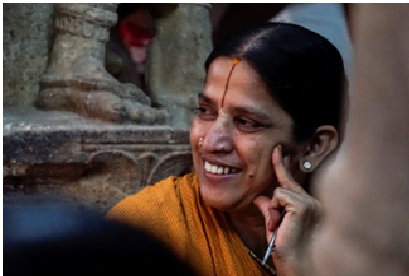 The performers do not act. They own the part. They become the characters, and the young and old from near and far wait to watch the performance in great devotion. It is considered an act of great piety. When the music and dance finally ended (extolling tales of a chandala, it was not about caste divisions, it was a lesson from early times that no matter what the caste, prayer is superior to all divisions, something we wish would be understood by all who bring the caste divide) the devotees stayed back at the temple to spend the rest of the night. As I mentioned earlier, there are no lodges in the village though it is one of the 108 divyadeshams. People who have arranged for transportation and come from nearby (10 kms) Valliyoor return after the performance, but a large majority stay back seeking the safety of the temple, where they can spend the rest of the night in the Lord’s company.
The performers do not act. They own the part. They become the characters, and the young and old from near and far wait to watch the performance in great devotion. It is considered an act of great piety. When the music and dance finally ended (extolling tales of a chandala, it was not about caste divisions, it was a lesson from early times that no matter what the caste, prayer is superior to all divisions, something we wish would be understood by all who bring the caste divide) the devotees stayed back at the temple to spend the rest of the night. As I mentioned earlier, there are no lodges in the village though it is one of the 108 divyadeshams. People who have arranged for transportation and come from nearby (10 kms) Valliyoor return after the performance, but a large majority stay back seeking the safety of the temple, where they can spend the rest of the night in the Lord’s company.
To me Thirukkurungudi is also the human story of how a single family played a major role in keeping lost traditions alive and an entire temple and its town in constant move towards progression. Just as the performers come to own their part, the TVS family have truly made it their cause to keep the age-old cultural history alive.
As I leave the village and reach the city, I understand with suddenness the import of the several Neem trees. I wonder whether they were meant to keep away all bitterness from the temple town. The magical memories of the temple town where people had so little and yet exuded only happiness reminded me that perhaps we need to have more Neem trees in our cities.
————————————————————————————————
( A former lecturer of Political Science at Mount Carmel College,Bangalore , Chennai-based writer Hemalatha Ramani contributes to newspapers,magazines and blogs.She is the author of a travel book, Soulscapes:Travels and Conversations in India. She writes under the name of Hema Iyer Ramani. )
————————————————————————————————
Photo credits : Vivek


